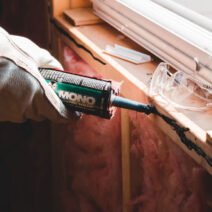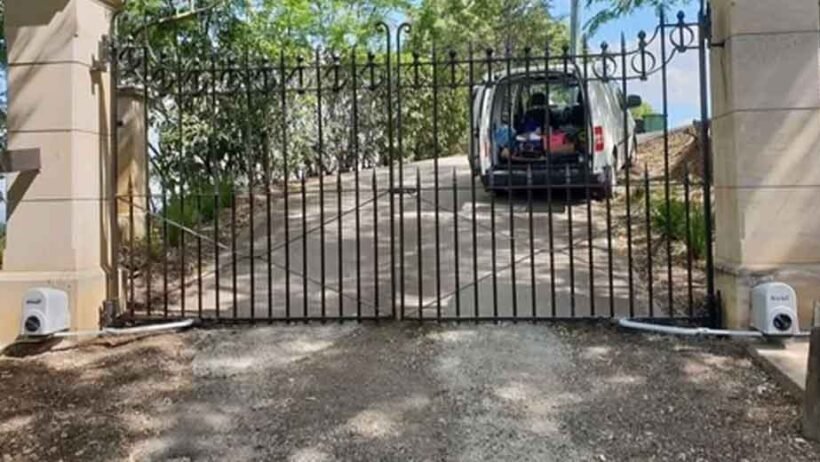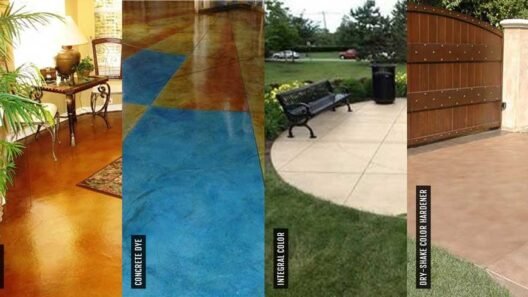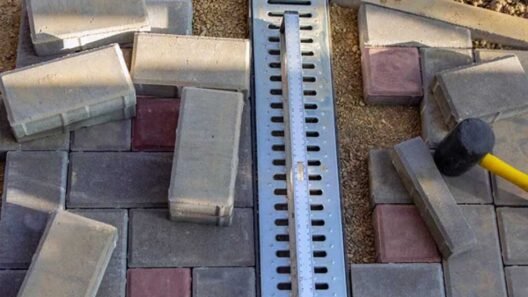In this article, we will explore automatic gate opener troubleshooting, explain why common problems happen, and provide guidance on safe and practical ways to get systems running smoothly again.
Why Troubleshooting Matters for Automatic Gate Openers
Automatic gate openers combine electrical wiring, motors, gears, sensors, and remote-control technology. When everything works, the gate provides seamless access and enhances security. However, when a part malfunctions, the whole system can stop operating. Troubleshooting is important because:
- It prevents unnecessary service calls by allowing owners to identify simple fixes.
- It helps extend the life of the system through early detection of small issues.
- It improves safety, since many malfunctions involve sensors or closing mechanisms that could otherwise cause accidents.
Learning how to recognize and address common problems ensures that your automatic gate opener continues to provide convenience rather than becoming a source of stress.
The Gate Opener Not Closing Problem
One of the most common frustrations homeowners face is when the automatic gate refuses to close. This issue can stem from several sources, ranging from something simple like an obstruction to more complex electrical faults.
Obstructions are the first area to check. Even small items like rocks, debris, or branches can trigger the safety mechanism, preventing the gate from closing. Photocell sensors, which detect objects in the gate’s path, can also be misaligned or dirty, sending a false signal that something is in the way. Cleaning or realigning the sensors often resolves this problem quickly.
If the sensors are not the culprit, the issue may lie within the control board. Faulty wiring, blown fuses, or water damage inside the control unit can interrupt the closing cycle. In some cases, weather conditions such as extreme cold or heat affect how the motor performs, making the gate stop midway. For more technical faults, professional servicing may be needed, but eliminating simple environmental and sensor-related causes first can save both time and money.
Fixing Gate Opener Remote Issues
Another common frustration is when the gate remote stops working. This problem is often less severe than it initially appears. The first step in fixing gate opener remote issues is checking the battery. Remote controls rely on small batteries that wear out faster than many users expect. Replacing the battery often restores full function immediately.
If the remote still does not work, the problem may be related to the receiver inside the gate opener. Over time, receivers can lose synchronization with the remote or suffer from interference caused by nearby electronic devices. Reprogramming the remote to the receiver usually resolves this. Some systems also have a limited range, so it is worth testing the remote closer to the gate to determine whether the issue lies in signal strength.
In rare cases, the circuit board or antenna inside the receiver may be damaged. These components are typically more complex to repair and may require professional replacement. Still, most remote-related problems are simple and can be addressed without technical expertise.
Power Supply and Electrical Problems
An automatic gate opener relies heavily on consistent power. When the system does not respond at all, the problem is often electrical. If the opener is hardwired, checking the breaker and ensuring the outlet provides power is the first step. Tripped breakers are common, especially after storms or power surges. Resetting the breaker often restores power to the system.
For solar-powered gate openers, cloudy weather, dirty solar panels, or failing batteries are typical causes of malfunction. Cleaning the panels, ensuring direct sunlight, and replacing old batteries can resolve many of these issues. In cases where wiring is damaged or corroded, the system may draw insufficient power, leading to partial operation such as a gate opening halfway and stopping. Identifying frayed wires or signs of wear around connectors is important during troubleshooting.
Electrical issues can pose risks, so if the problem seems to involve exposed wires or damaged boards, contacting a technician is the safest option.
Motor-Related Issues
The motor is the heart of any automatic gate opener. If the motor begins to fail, symptoms can include grinding noises, slow operation, or complete failure to move the gate. Regular wear and tear is one cause, but lack of lubrication on hinges and chains can also make the motor work harder, leading to premature breakdown.
Overheating is another common factor. Many motors have built-in thermal protection, meaning they will shut down temporarily if they get too hot. This often happens during the summer or after repeated open-and-close cycles in a short period. Allowing the motor to cool before restarting usually brings it back online. If overheating happens frequently, it may indicate that the motor is undersized for the weight of the gate, and upgrading to a stronger unit may be necessary.
Sensor and Safety Device Problems
Automatic gate openers include safety devices to prevent accidents. While essential, these components can sometimes cause the gate to stop functioning correctly. Sensors mounted on either side of the gate can be knocked out of alignment by weather, lawn equipment, or even small animals. When misaligned, they may prevent the gate from closing altogether. Cleaning the sensor lenses with a soft cloth and adjusting their angle often resolves false readings.
Pressure sensors or edge sensors, designed to stop the gate when contact is made, may also malfunction over time. If the gate reverses or stops unexpectedly, inspecting these devices for damage or testing their sensitivity can highlight the issue. In many cases, recalibration or replacement of faulty sensors restores proper operation.
Mechanical Wear and Tear
Beyond the electronics, the physical components of the gate opener also require attention. Hinges, rollers, and tracks are subject to daily stress. Rust, dirt, and lack of lubrication can cause increased friction, leading the motor to struggle. This often presents as jerky movement or a gate that gets stuck midway. Regular cleaning and greasing of moving parts prevent these problems and reduce strain on the opener.
Chains and belts, depending on the type of opener, can also stretch or loosen over time. Tightening or replacing worn components is a straightforward fix that can drastically improve performance. Mechanical inspections should be part of routine maintenance to catch these issues before they lead to complete failure.
Preventative Maintenance Tips
While troubleshooting helps resolve problems, prevention is even more effective. Regularly inspecting the system ensures reliability and extends the lifespan of the opener. Keeping the area around the gate clear of debris, checking sensors for alignment, cleaning solar panels if applicable, and lubricating hinges all contribute to smoother operation. Testing remotes periodically and keeping spare batteries on hand avoids last-minute frustration when access is needed quickly.
Many manufacturers also provide maintenance schedules in their manuals, and following these guidelines is highly recommended. A well-maintained automatic gate opener is less likely to experience unexpected breakdowns and provides consistent security for years.
When to Call a Professional
Not every problem can or should be solved at home. Issues involving wiring, circuit boards, or motor replacement often require specialized tools and expertise. Attempting repairs without proper knowledge can lead to greater damage or even safety hazards. If troubleshooting steps such as checking sensors, replacing batteries, and inspecting visible components do not solve the issue, calling a qualified technician is the next best step.
Professionals can also perform more advanced diagnostics, ensuring that hidden issues do not go undetected. While there may be a cost associated with service, it often prevents bigger expenses from system failures down the road.
Conclusion
Automatic gate openers add convenience and security, but like any system, they are vulnerable to occasional malfunctions. Learning the basics of automatic gate opener troubleshooting allows homeowners to identify and resolve many problems on their own. Whether it is addressing a gate opener not closing problem, figuring out how to fix gate opener remote issues, or handling motor and sensor malfunctions, a structured approach saves both time and money.
By combining practical troubleshooting skills with preventative maintenance and knowing when to call for professional help, property owners can keep their gates operating smoothly. An automatic gate opener should simplify life, and with the right care, it will continue to provide reliable service for years to come.








